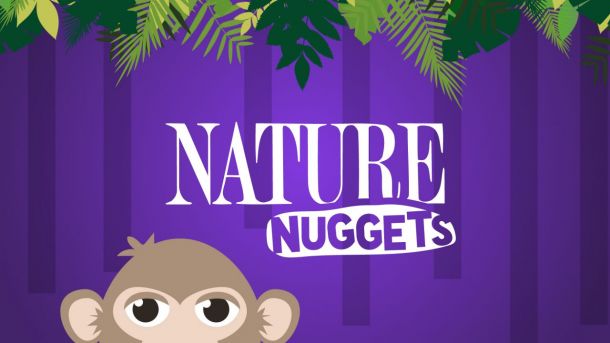Here are the episodes of NATURE currently available to stream online. We’ll keep this list updated as frequently as possible.
[Last updated: April 17, 2024]
Meet the Family | Raptors: A Fistful of Daggers
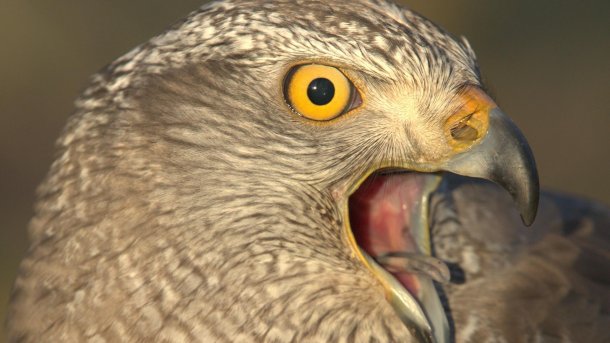
From giant eagles to miniature falconets, meet the many species of raptors. Explore how they survive winters, learn to hunt and undergo migrations. Their superpowers of flight, sight, hearing and smell give them dominance over the skies. Click HERE to watch.
Extreme Lives | Raptors: A Fistful of Daggers
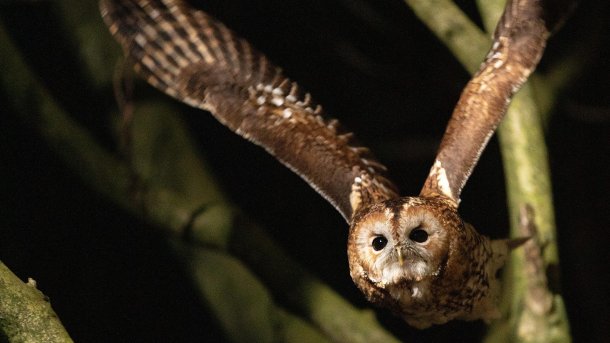
See the extreme ways in which raptors conquer the toughest habitats on Earth. From snowy owls in the high Arctic to honey buzzards raiding hornet nests in Taiwan, raptors can hunt prey in any climate. Click HERE to watch.
Remarkable Rabbits

There are more than 100 types of rabbits and hares, both domestic and wild, from snowshoe hares to Flemish giants. Despite their extraordinary ability to reproduce, many wild rabbits are in danger of being eradicated. Click HERE to watch.
Patrick and the Whale
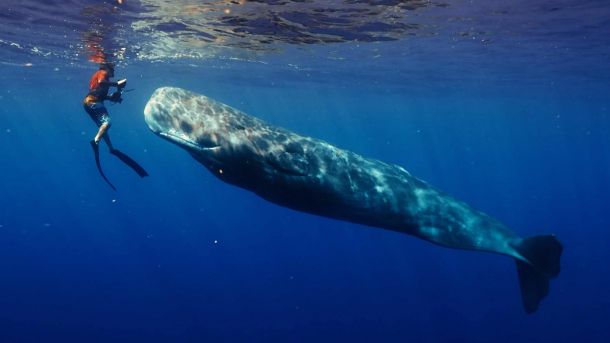
Follow Patrick Dykstra in his quest to connect with and understand the hidden nature of the sperm whale, shining a light on their intelligence and complexity, as well as their relationship with humankind. Click HERE to watch.
Flyways
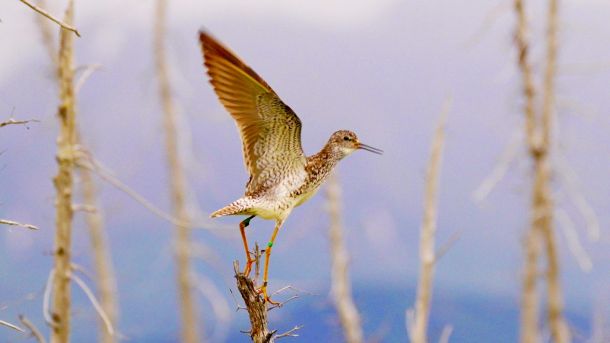
Follow a conservation movement of bird-loving experts and citizen scientists as they mobilize to the challenge of understanding and saving shorebirds. Click HERE to watch.
Treasure of the Caribbean
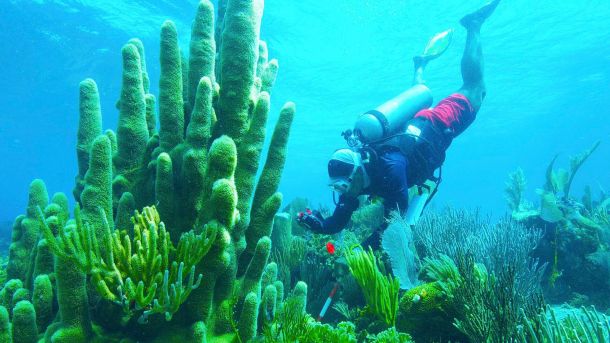
A story of hope in troubling times. The discovery of a coral reef in Belize and Guatemala, larger than the size of Manhattan, marks a new chapter in understanding corals and fish that depend on each other and in saving coral reefs worldwide. Click HERE to watch.
My Garden of a Thousand Bees
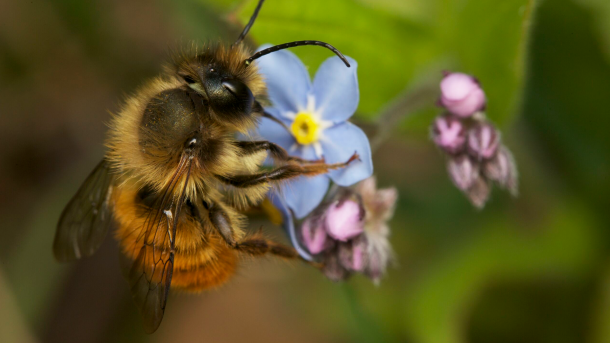
A story of surprise and revelation. A wildlife cameraman spends his time during the coronavirus pandemic lockdown filming the bees in his urban garden and discovers the many diverse species and personalities that exist in this insect family. Click HERE to watch.
Radioactive Wolves
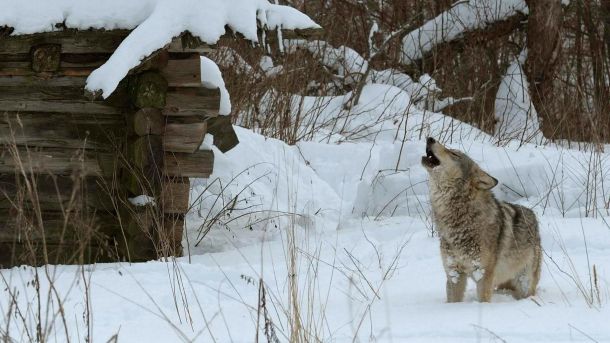
What happens to nature after a nuclear accident? The historic nuclear accident at Chernobyl is now 25 years old. Filmmakers and scientists set out to document the lives of the packs of wolves and other wildlife thriving in the “dead zone” that still surrounds the remains of the reactor. Click HERE to watch.
Invasion of the Killer Whales
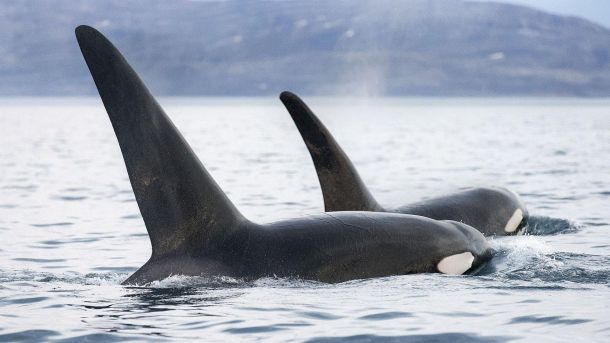
A shift of power is taking place at the top of the world. The Arctic is undergoing a dramatic change, and with this change one iconic Arctic hunter may soon have to give way to another as solid ice turns to open sea. The polar bear, once king of the North, needs ice to stalk its prey. Killer whales, or orca, on the other hand, are unable to hunt in an ocean locked in ice. Click HERE to watch.
Asia to Africa | The Story of Cats
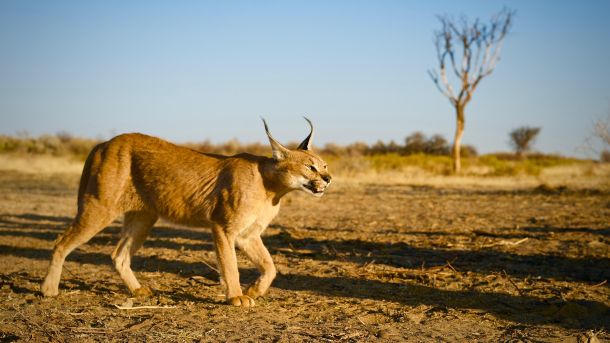
In the first episode of The Story of Cats, we discover how the first cats arose in the forests of Asia, how they spread across the continent, and later came to conquer Africa. We reveal how they evolved flexible limbs to climb, giant bodies to survive in the cold, and super senses to catch prey. Ultimately we discover how becoming social made the lion, king of the savannah. Click HERE to watch.
Into the Americas | The Story of Cats

In this conclusion, we discover how cats first crossed from Asia into North America and how they went on to become the top predators of the continent. Today, there are 13 feline species in the Americas – from the mighty jaguar, to the urban mountain lion, to the curious ocelot and from the Canada lynx to the nimble margay. Click HERE to watch.
The Rise of the Dog | Dogs That Changed the World
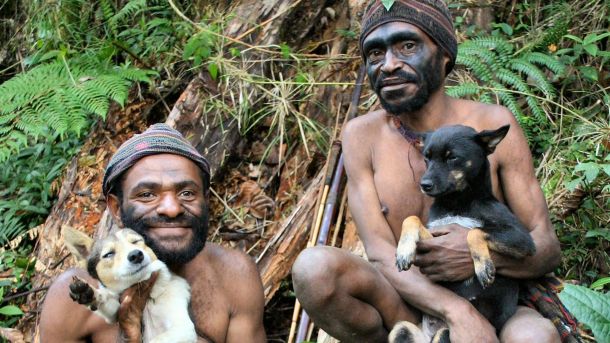
This film explores how the domestication of dogs might have taken place, including the theory of biologist Raymond Coppinger that it was the animals themselves — and human trash — that inspired the transformation. The genetic analysis of Peter Savolainen of the Royal Institute of Technology in Sweden has placed the origins of domesticated dogs — and those of the first dog — in East Asia. Click HERE to watch.
Dogs By Design | Dogs That Changed the World
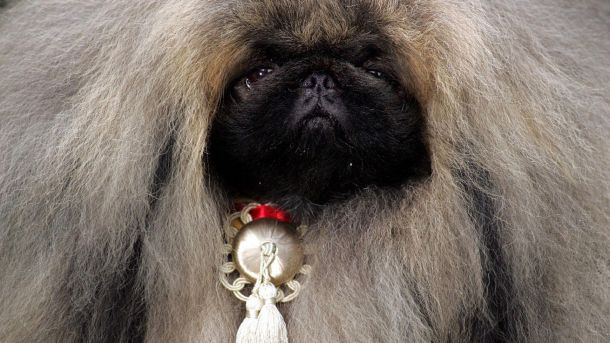
The second hour of Dogs That Changed the World details the explosion of the basic working dog types into the roughly 400 breeds known today; explores concerns about today’s competitive breeding and its effect on dogs’ health and well-being; and outlines dogs’ potential role in medical care for human beings. Click HERE to watch.
Honey Badgers: Masters of Mayhem
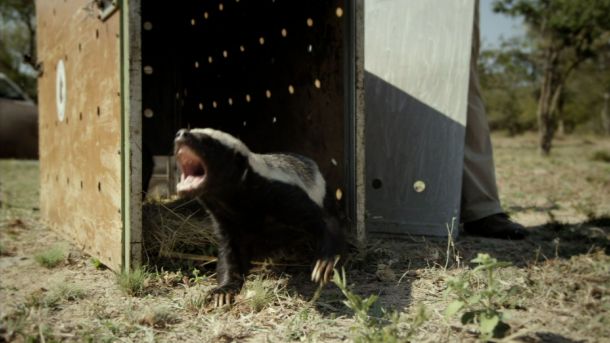
“Honey badger is bad ass.” Those words and corresponding video became a YouTube sensation with 51 million hits. This relentless little creature is renowned for its ability to confront grown lions, castrate charging buffalo, and shrug off the toxic defenses of stinging bees, scorpions, and snakes. Little is known about its behavior in the wild or why it is so aggressive. Click HERE to watch.
Jungle Eagle
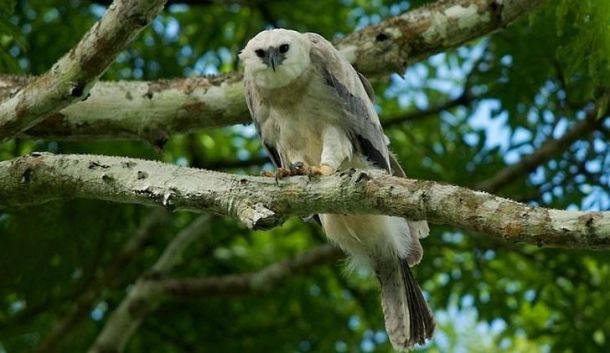
Harpy eagles are the most powerful birds of prey in the world, but scientists know very little about harpy eagles. NATURE enters their secret world with wildlife filmmaker Fergus Beeley and his team of cameramen as they locate a nest and struggle to document the lives of these elusive birds in Venezuela’s Orinoco River jungle. Click HERE to watch.
Great Zebra Exodus
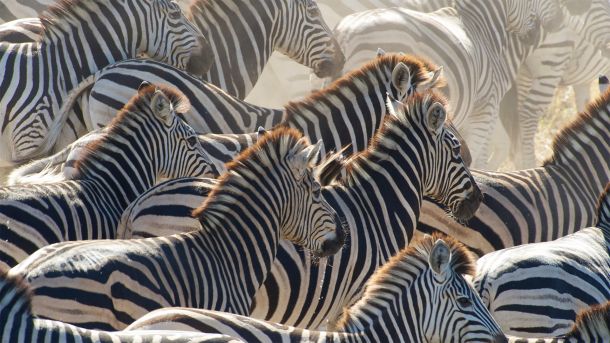
Great Zebra Exodus explores parenthood and the fragility of young life—from zebras to lapwings to meerkats. It’s a tale of loyalty and sacrifice, of home and exile, of death and new life, set against the backdrop of one of Africa’s most surreal landscapes.Click HERE to watch.
The Mystery of Eels
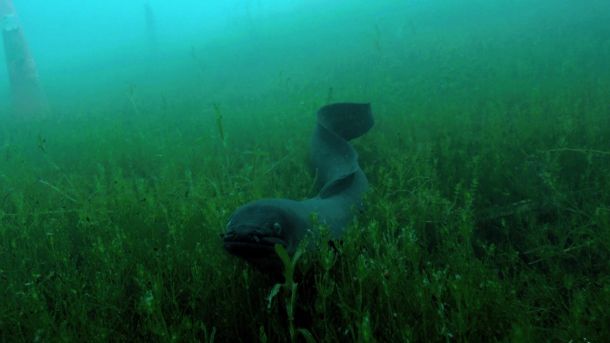
Eels can be found all over the globe, in fresh and saltwater ecosystems alike. But today, risk of over-fishing and the presence of dams and other obstacles that prevent eels from reaching their oceanic spawning grounds pose new threats to an animal that once roamed the planet alongside the dinosaurs. Artist, writer and naturalist James Prosek explores the mysterious world of the eel. Click HERE to watch.
Siberian Tiger Quest
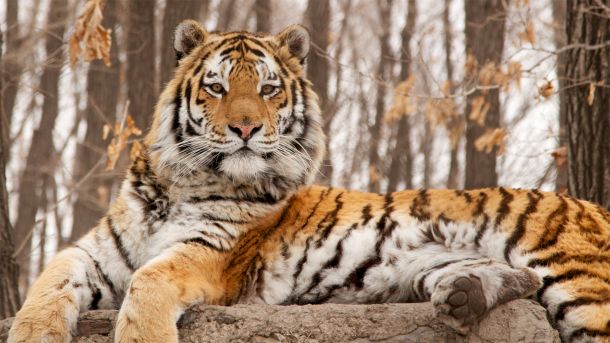
Conservation ecologist Chris Morgan embarks on a challenge that will fulfill a lifelong dream — to find and film a Siberian tiger living wild and free in Russia’s far eastern forests. To help him, Morgan turns to Korean cameraman Sooyong Park, the first individual ever to film Siberian tigers in the wild. Click HERE to watch.
Birds of the Gods
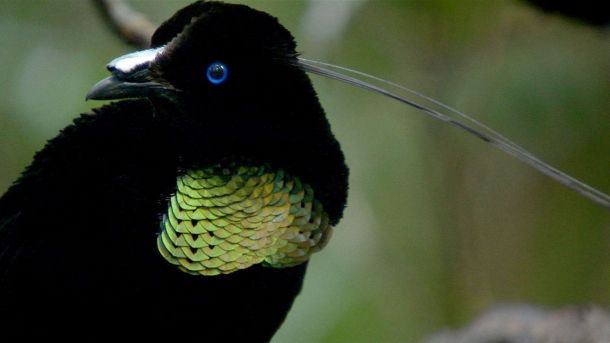
Living in the depths of the New Guinean rainforest are birds of unimaginable color and beauty. To find these birds in New Guinea is not easy, and to witness their extraordinary mating displays is even tougher. David Attenborough introduces a young team of New Guinean scientists on a grueling expedition to find and film these Birds of Paradise; the holy grail of wildlife filmmakers. Click HERE to watch.
The Serengeti Rules

Travel back in time, from the Arctic Ocean to Pacific tide pools, with a pioneering group of scientists who make surprising discoveries that transform human understanding of nature and ecology. Based on a book of the same name, The Serengeti Rules had its theatrical premiere at Tribeca Film Festival and has won awards at the 2018 Wildscreen Panda Awards and Jackson Hole Science Media Awards. Click HERE to watch.
Frogs: The Thin Green Line
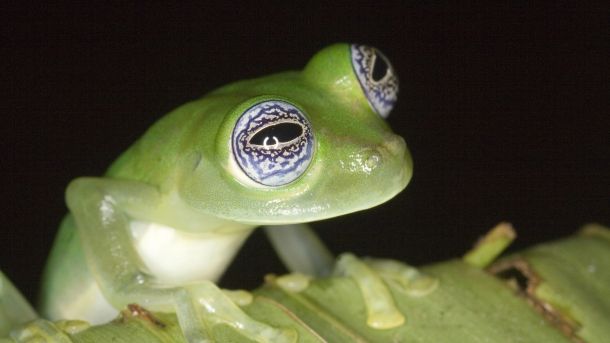
It is the greatest mass extinction since the dinosaurs. Population by population, species by species, amphibians are vanishing off the face of the Earth. Scientists are taking desperate measures to try to save those frogs they can, even bathing frogs in Clorox solutions and keeping them in Tupperware boxes under carefully controlled conditions to prevent the spread of a deadly fungus. Click HERE to watch.
One Hour in Snowy Yellowstone
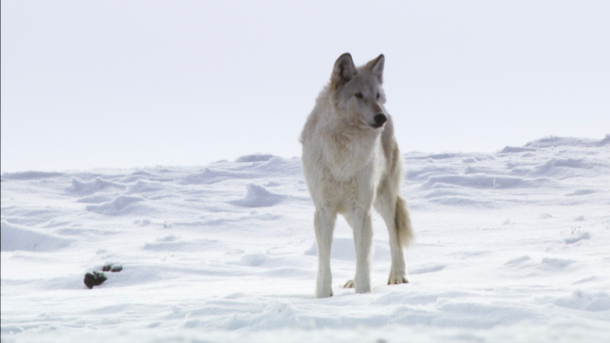
Perfect to leave on in the background, our Sights and Sounds series transports you to Yellowstone National Park. Sit back, relax, and experience the animals, landscapes, and awe of Yellowstone in winter. Click HERE to watch.
Nature Nuggets
Nature Nuggets are short, minute-long videos drawn from NATURE, one of the most watched documentary film series on public television. Nature Nuggets began as a new pilot campaign by WNET’s Education Department to test text-based technology as an effective community engagement technique. For this purpose, the minute-long videos from the NATURE series were repackaged for early learners (ages 2 to 6) and promoted as a tool for active science and language learning opportunities to parents, educators and caregivers across the nation. Nature Nuggets videos are also available on the Nature on PBS YouTube page.
More Resources:

